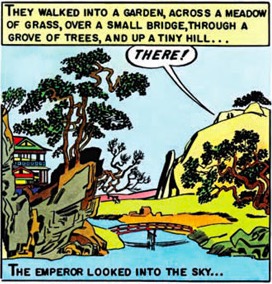Artistic Instinct and Artificial Intelligence
I recently posted a PDF to the store for this five thousand word essay I’ve written over the last six months. It came out as I spent more time reading and thinking about Chat GPT and Midjourney and other such image- and word- generating computing models. I included Artificial Intelligence in the title because that’s the term getting all the press.
I’d be grateful if you read the thing. I put a price on it, but if you want to read it and would benefit from a free copy, send me an email and I’ll send you a copy. I printed a hundred copies, mostly so I could put some out in the real world at a few stores that might be willing to waste a little shelf space on it, and a printed copy is included in the price of the PDF if you want one.
Here are a few sentences from the essay, purposely out of order and free from context:
I think Chat AI could actually be an interesting step in the workflow for fiction writers. Let it kick out a bad idea and begin to iterate.
The reality is that humans aren’t that precise either; we mentally cover gaps in grammar and syntax when communicating.
[F]orty years ago a meme was an idea or a static image (What, me worry?) but today is used to refer to an image, or chart, or even a video.
I am trying to reckon with AI art in its most hopeful expression, knowing that it will continue to improve.
Is this the end for artists and craftspeople?[…]I don’t see it.
If that interests you, either get some help, or click on the Shop page.




